As with any other project, we build video games from blocks. Narratives, characters, levels, genres, and art determine the tone of the game, expanding or narrowing the target audience. Today, we want to explore art styles in video games, as visuals are the first to influence the players’ perception and catch their attention.
As a game art outsourcing studio, we have tried various styles for our projects. In this video game art styles guide, we share the insight we have gathered through years of thorough game art creation and help you understand how to select the right art style for your project. So, let’s start!
The Role of Art Styles in Gameplay
Imagine stepping into an art museum, where each painting tells a story, each brushstroke evokes an emotion, and every palette choice sets the mood. Now, transport that experience into video game development. Just as in the world of fine art, the art styles for games aren’t merely about aesthetics; it's about communication. It speaks to players, telling them what to feel, how to engage, and what to expect. For those at the helm of game development studios, mastering this language of art can elevate your product from mere entertainment to a masterpiece.
So, why should you take your time to ponder on the art style for your video game?
One of the primary functions of an art style is to draw players into the world of the game. Consider games like Limbo with its silhouetted graphics, or the cel-shaded beauty of The Legend of Zelda: Wind Waker. These games offer unique visuals that aren’t just beautiful but serve to immerse the player deeply into their respective worlds. Such distinct art forms captivate the audience, ensuring that players are not merely observers but active participants in the narrative.
An art style sets the tone for the entire narrative. A dystopian game with a vibrant, cartoonish art style might confuse players and detract from the story's gravity. Conversely, a light-hearted puzzle game set in a bleak, grim-dark universe might seem out of place. The consistency of visual cues aids in the seamless delivery of a game's story, ensuring that players remain engaged and the narrative remains coherent.
In an industry that saw over 12,000 games released on Steam alone in 2022, standing out is more crucial than ever. Unique video game art styles can act as a beacon, drawing players towards your games amidst a sea of competitors. It offers a visual promise to potential players – assuring them that what lies within isn’t just another generic title, but a labor of love with a distinct identity.
The art style can also play a critical role in the game's mechanics. For instance, a minimalist art style can guide players' attention to vital gameplay elements, while a highly detailed one can encourage exploration and discovery.
Not often discussed openly, but the choice of art style can significantly impact development costs. Hand-drawn animations or detailed 3D models require more resources and time compared to pixel art or minimalist designs. While acclaimed studios can afford such investments, young studios need to balance their vision with practical budget considerations. A smart choice in art style can allow a studio to maximize its resources, achieving high-quality results without overstretching its budget.
Games that target a global audience might consider art styles that have broader cultural appeal. For instance, the chibi art style, originating from Japan, has found fans worldwide, contributing to the global success of many games adopting this style.
As technology evolves, certain art styles might age better than others. Pixel art, for instance, retains its charm over the years, even as graphics technology advances. On the other hand, early 3D games from the 90s often feel dated now due to their blocky graphics. Studios should consider how their chosen art style will stand the test of time.
The art style isn’t confined to the game itself. It extends to marketing materials, merchandise, and even spin-offs. A well-chosen art style can become iconic, making promotional campaigns instantly recognizable and amplifying brand visibility.
Historical Evolution of Game Art Styles
Art styles in video games have experienced a transformative journey since the inception of the industry. As technology has evolved, so too has the capacity for more intricate and varied game art. What started as simple dots and lines has blossomed into dozens of styles, each with its unique flavor and ability to convey stories and emotions. Below is an encapsulated video game art styles list and their evolution:
| Period | Characteristic | Notable Examples | Key Features |
| 1970s-80s | Pixel Art | Pong, Pac-Man, Super Mario Bros | Simple, blocky designs due to hardware limitations. Gave birth to iconic characters and universals. |
| 1990s | Early 3D & Isometric | Final Fantasy Tactics, Tomb Raider, Quake | Introduction of 3D graphics. Isometric games offered a pseudo-3D perspective. Richer detailing. |
| 2000s | Realistic 3D & Cell Shaded | Okami, The Legend of Zelda: Wind Waker, Halo | Enhanced realism in 3D games. Rise of cell-shaded graphics, offering a comic-like feel. |
| 2010s | Material Design & Physically Based Rendering | Monument Valley, Uncharted 4 | Focus on physics-based rendering (PBR) for lifelike materials. Material design is favored in mobile games. |
| 2020s | Photorealism & Stylized Art | The Last of Us Part II, Hades | Blend of hyper-realistic games with unique stylized art forms. VR & AR bring new art style challenges. |
As we delve into each era, we notice trends reflective of both technological advancements and changing player preferences. For instance, a 2020 study by Statista highlighted that with the rise of indie games, more players started to lean toward unique art styles like hand-drawn animations and retro-inspired graphics. So while technology pushes boundaries, nostalgia, and artistry still have a significant role in influencing game art choices.
Psychological Impact of Different Video Game Art Styles
Art isn't just a visual treat; it's a psychological tool. Video game art styles aren't just about aesthetics; they play a pivotal role in determining how players experience and interact with a game. Scientific research on visual perception and cognition shows that different art styles can evoke varied emotional responses and influence player behavior. Let's delve into the profound psychological impacts of various video game art styles:
1. Realism & immersion
- Art style: Photorealistic
- Impact: In our experience, games with photorealistic graphics can enhance immersion, making players feel more 'present' in the game world. This heightened presence can increase the emotional intensity of a game.
2. Nostalgia & emotional connection
- Art style: Retro (e.g., Pixel Art)
- Impact: Retro art styles, reminiscent of older video games, can evoke feelings of nostalgia, fostering a deeper emotional connection for players who have memories associated with those early gaming days.
3. Simplification & focus
- Art style: Minimalist or material design
- Impact: Simplified graphics can streamline the gaming experience, allowing players to focus on gameplay mechanics without distractions. This can be particularly useful for puzzle games or strategy games where clarity is crucial.
4. Expression & Emotionality
- Art style: Cell-shaded or stylized art
- Impact: These art styles allow for heightened expression, which can evoke stronger emotional reactions. Games using these styles often stand out for their unique visuals, creating memorable experiences.
5. Trust & Familiarity
- Art style: Cartoonish
- Impact: Cartoon-like graphics, often used in children's games, are found to be more trustworthy. The familiarity and warmth they bring can make a game more accessible to younger audiences or those new to gaming.
Incorporating the right art style, understanding the associated psychological impacts, and tailoring them to the intended audience can greatly enhance the success of a game. Remember that you need not only to create a visual spectacle but also to orchestrate an emotional and cognitive symphony that resonates with players on a deeper level.
Create game art that drives audience with the help of Game-Ace.
2D Game Art Styles
Remember the times you'd lounge on the floor, controller in hand, engrossed in a 2D game, letting hours slide by unnoticed? Those were the days when graphics weren't about the count of polygons but about the stories those pixels told. Since that time, 2D art styles have advanced, offering nowadays rich experiences that harness both nostalgia and innovation.
Whether you're a game developer or a studio executive, choosing the right 2D art style can make or break your game's appeal. Let's embark on a journey through the world of 2D video game art styles, uncovering their uniqueness and the narratives they best serve.
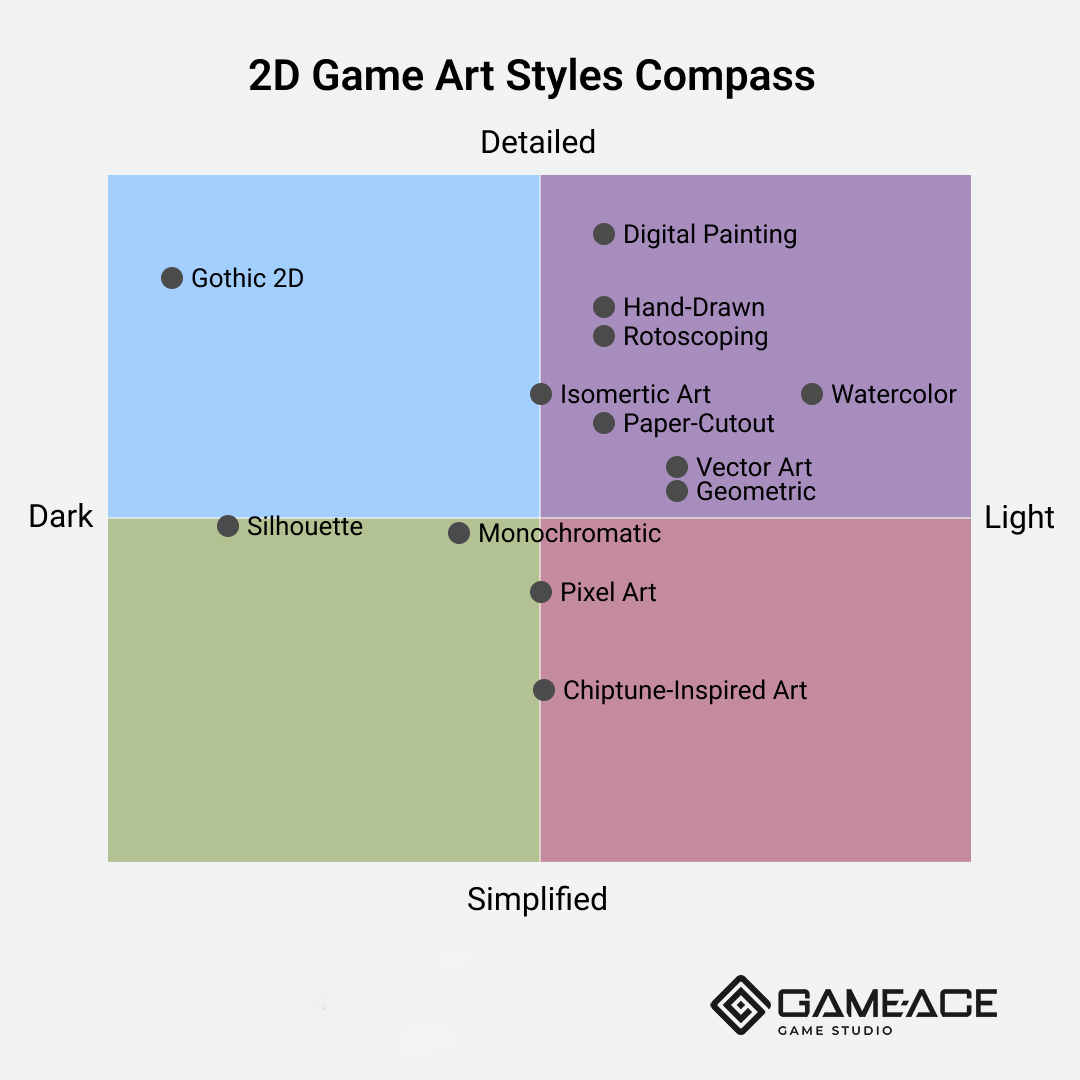
Please note that art styles can be used in various ways, and this infographic is based on typical uses of these styles. Different games may use the same style but position differently on the compass based on their narrative and atmosphere.
Pixel Art

- Uniqueness: Pixel Art is reminiscent of the early days of gaming. It is characterized by its deliberately blocky and granular appearance.
- Best for: Narratives that want to evoke a sense of nostalgia, retro-themed games, or games with a "throwback" story.
- Genres: RPGs, platformers, and metroidvanias.
- Example: Games like Stardew Valley and Celeste masterfully employ pixel art to craft detailed worlds and memorable experiences.
Hand-Drawn
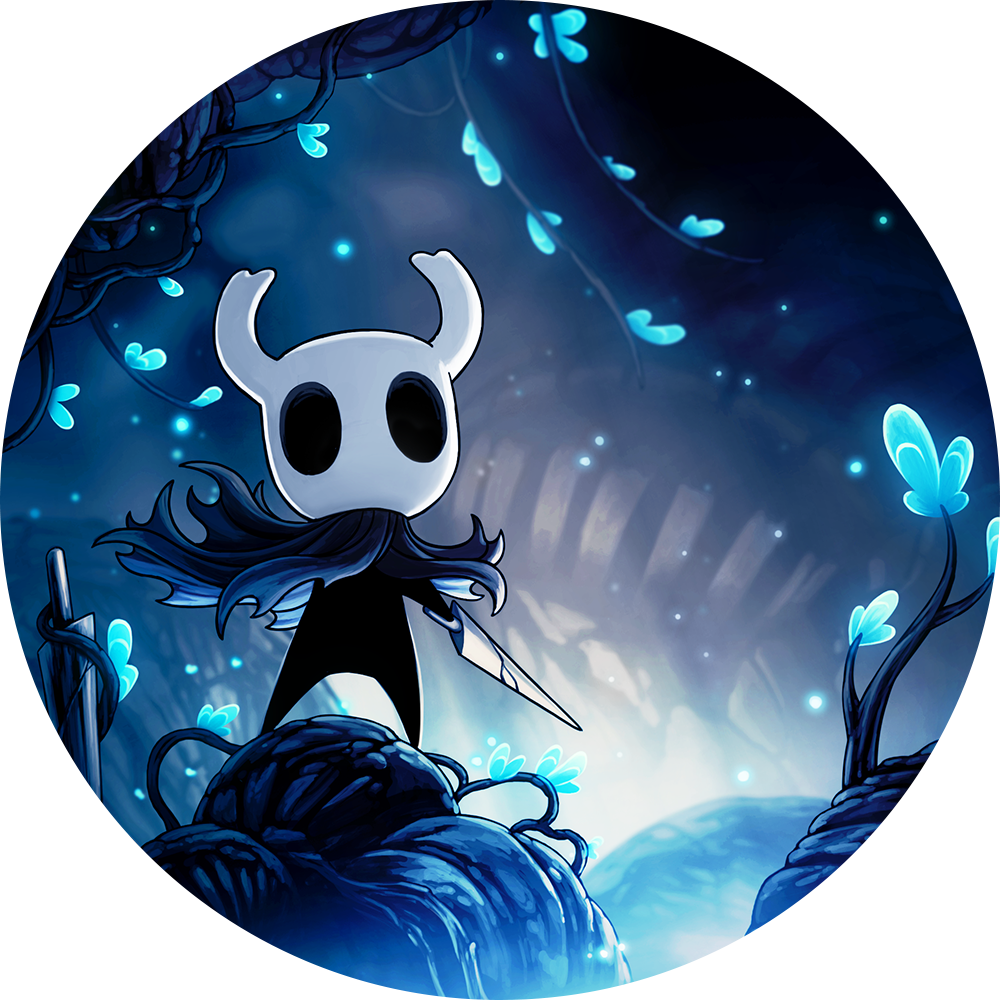
- Uniqueness: These are meticulously crafted drawings done frame by frame, giving games a flowing, artistic feel.
- Best for: Story-driven games that wish to express a personal touch or convey strong emotions.
- Genres: Visual novels, story-driven RPGs, and adventure games.
- Example: Hollow Knight offers a dark, atmospheric world with hand-drawn environments and characters.
Vector Art
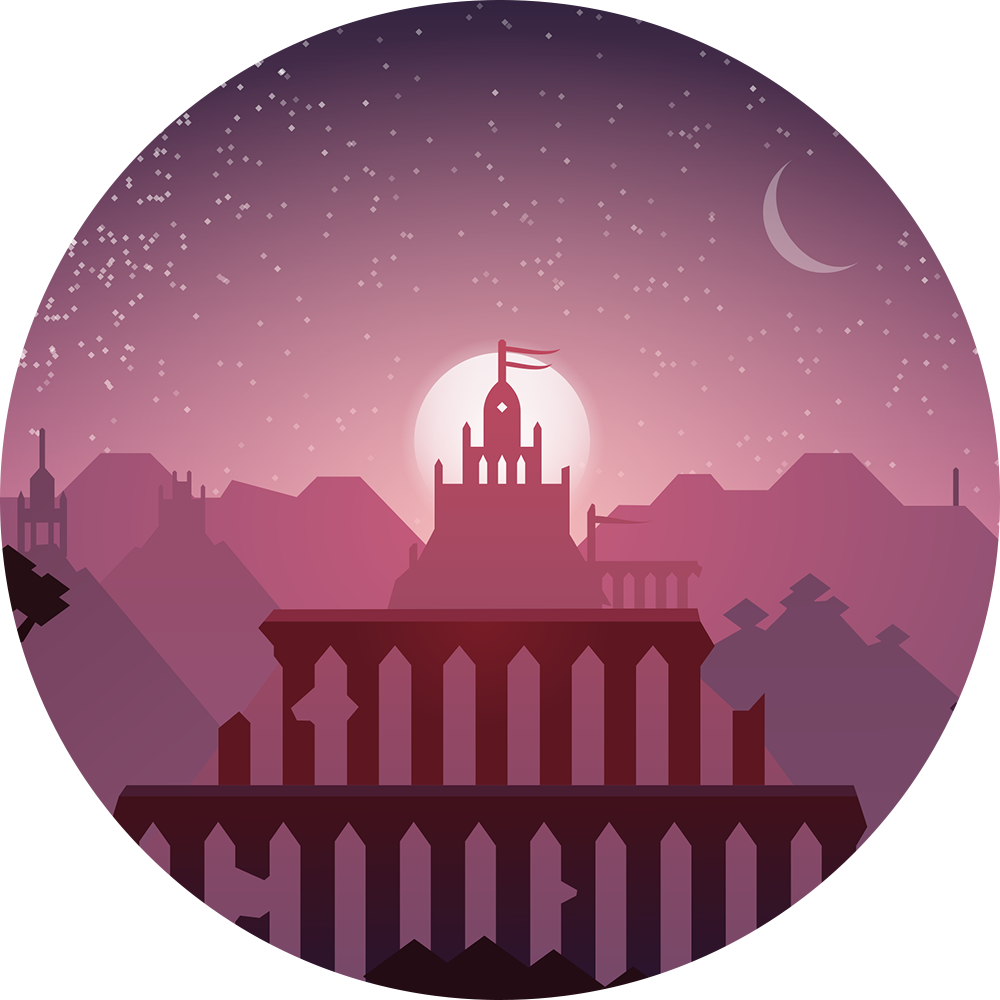
Isometric Art
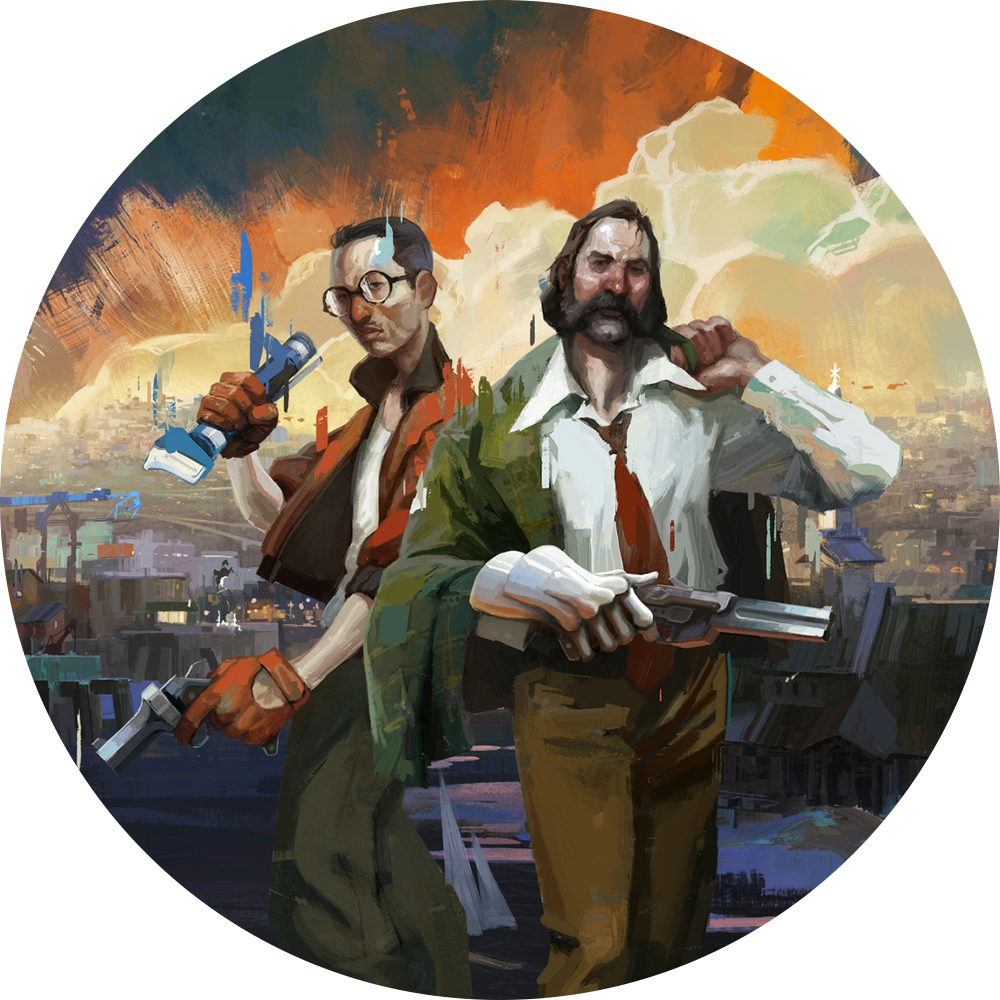
- Uniqueness: Presents a 3D perspective using 2D designs. It provides depth to scenes without actual 3D modeling.
- Best for: Narratives that need depth and a sense of scale without fully transitioning to 3D.
- Genres: Strategy games, RPGs, and simulation games.
- Example: Disco Elysium employs isometric art to bring its gritty, detailed world to life.
Digital Painting
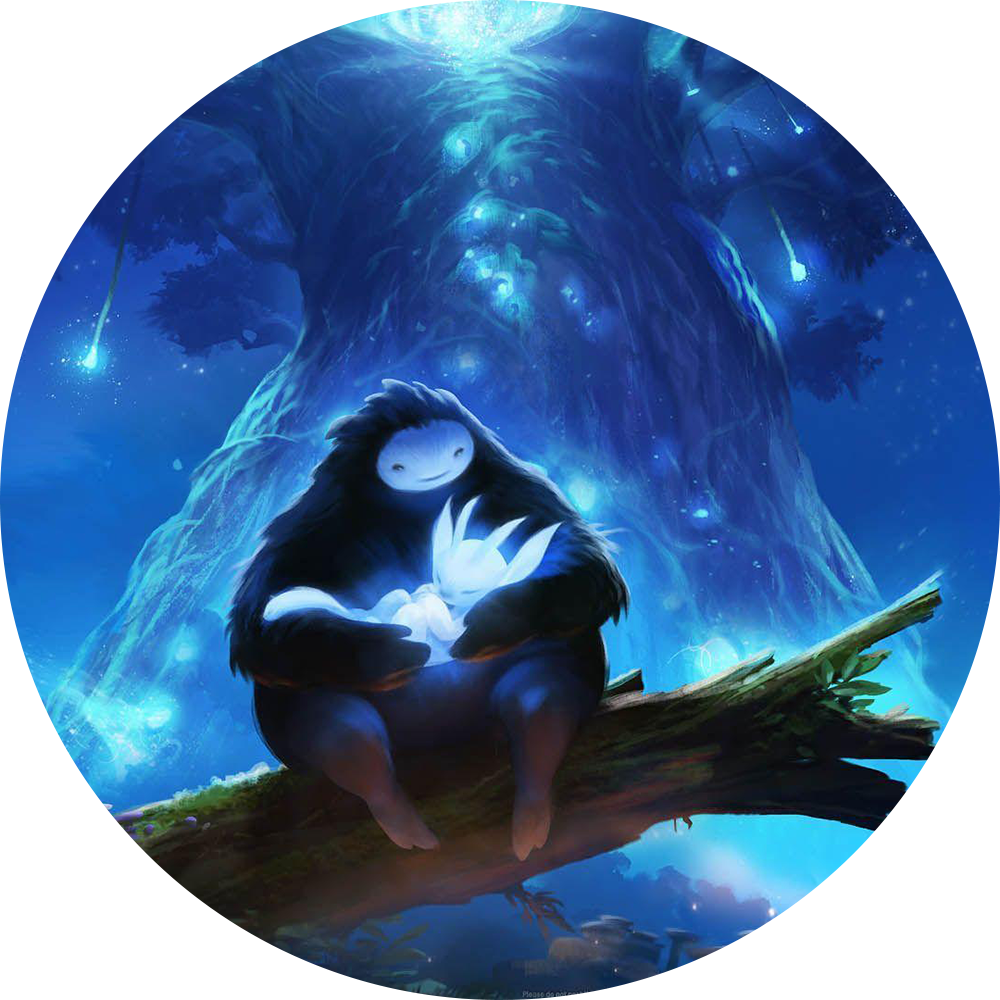
- Uniqueness: A fusion of traditional art techniques with digital tools, providing rich details and varied textures.
- Best for: Epic narratives that want a larger-than-life, cinematic feel.
- Genres: Visual novels, story-driven RPGs, and episodic adventure games.
- Example: Ori and the Blind Forest boasts lush, vivid environments using digital painting.
Chiptune-Inspired Art
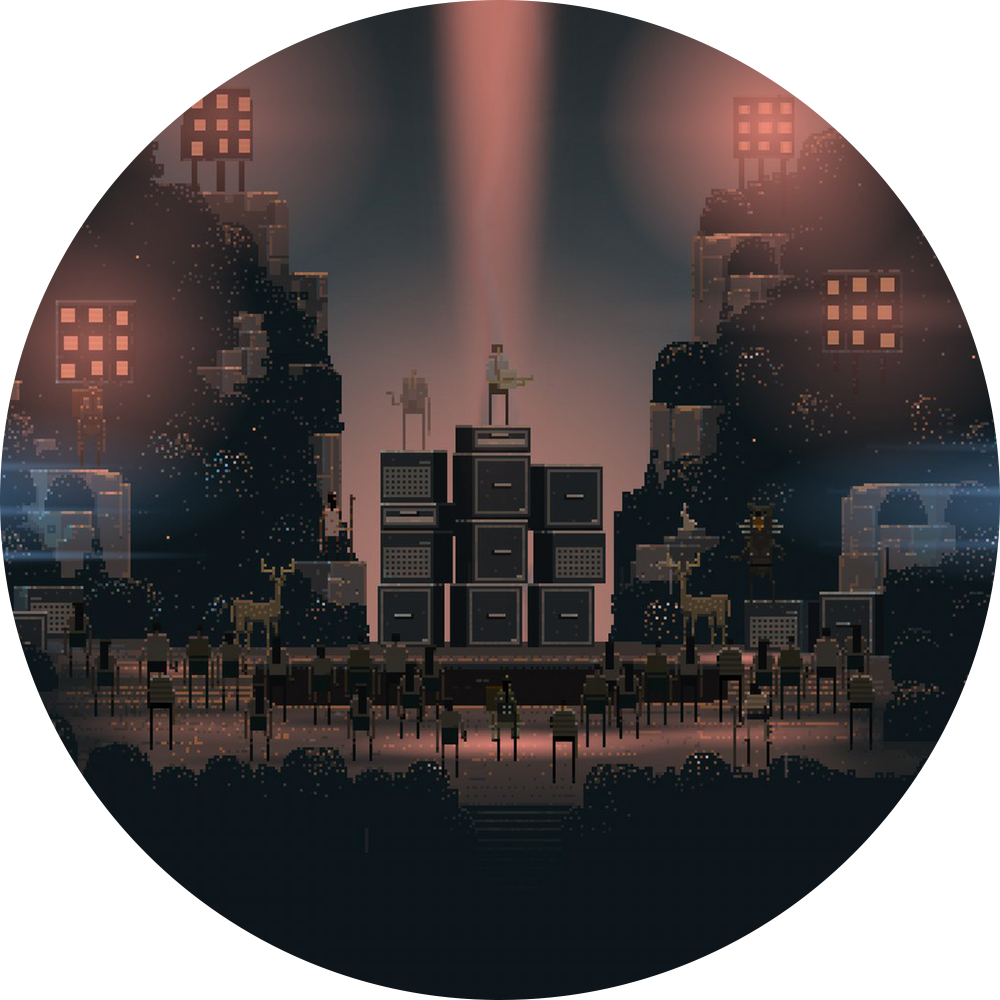
- Uniqueness: Emulates the color palettes and limitations of early gaming consoles, providing a look distinct from traditional pixel art.
- Best for: Games aiming for an ultra-retro aesthetic or narratives focusing on the very early era of video gaming.
- Genres: Retro arcade, simple platformers, and rhythm games.
- Example: Superbrothers: Sword & Sworcery EP utilizes this aesthetic for a unique audiovisual experience.
Watercolor
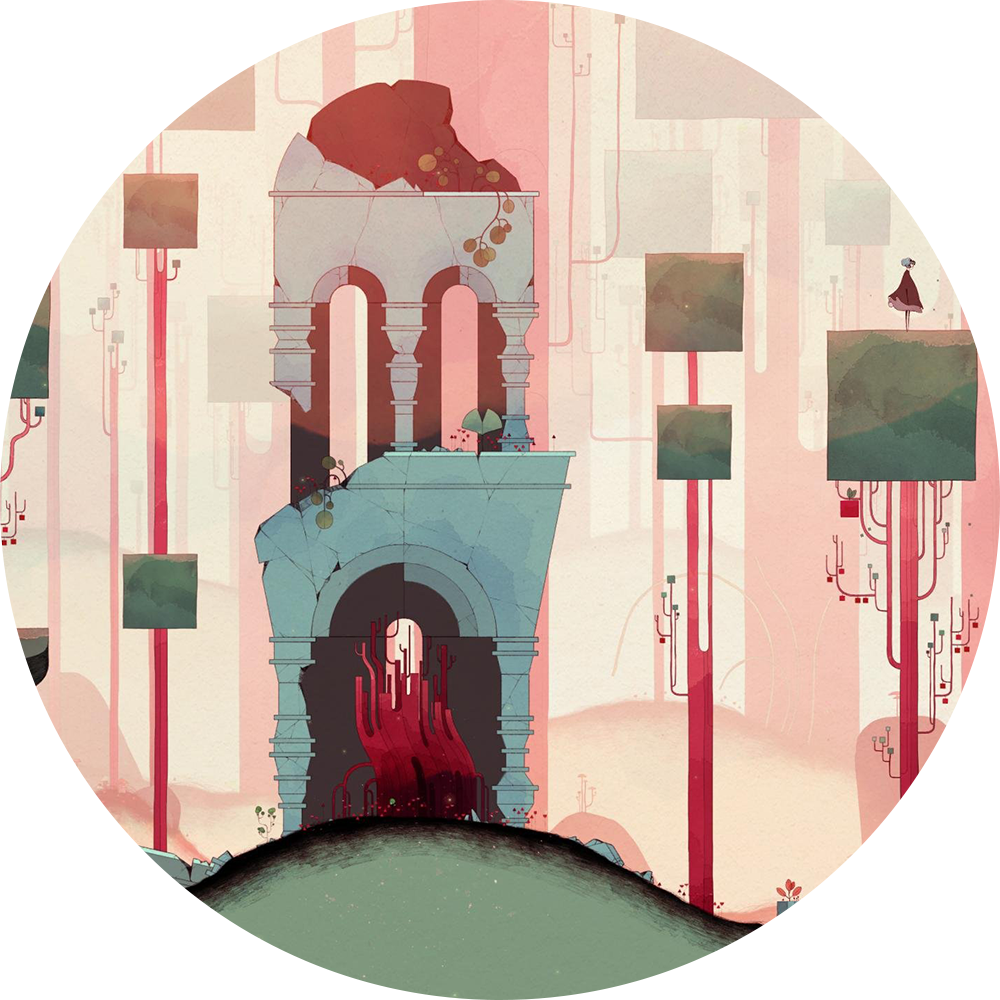
- Uniqueness: Soft, blended colors and textures that evoke the feel of watercolor paintings.
- Best for: Games with introspective, poetic, or gentle narratives.
- Genres: Interactive storytelling, visual novels, and atmospheric platformers.
- Example: Gris offers a delicate, moving experience with its watercolor-inspired visuals.
Monochromatic
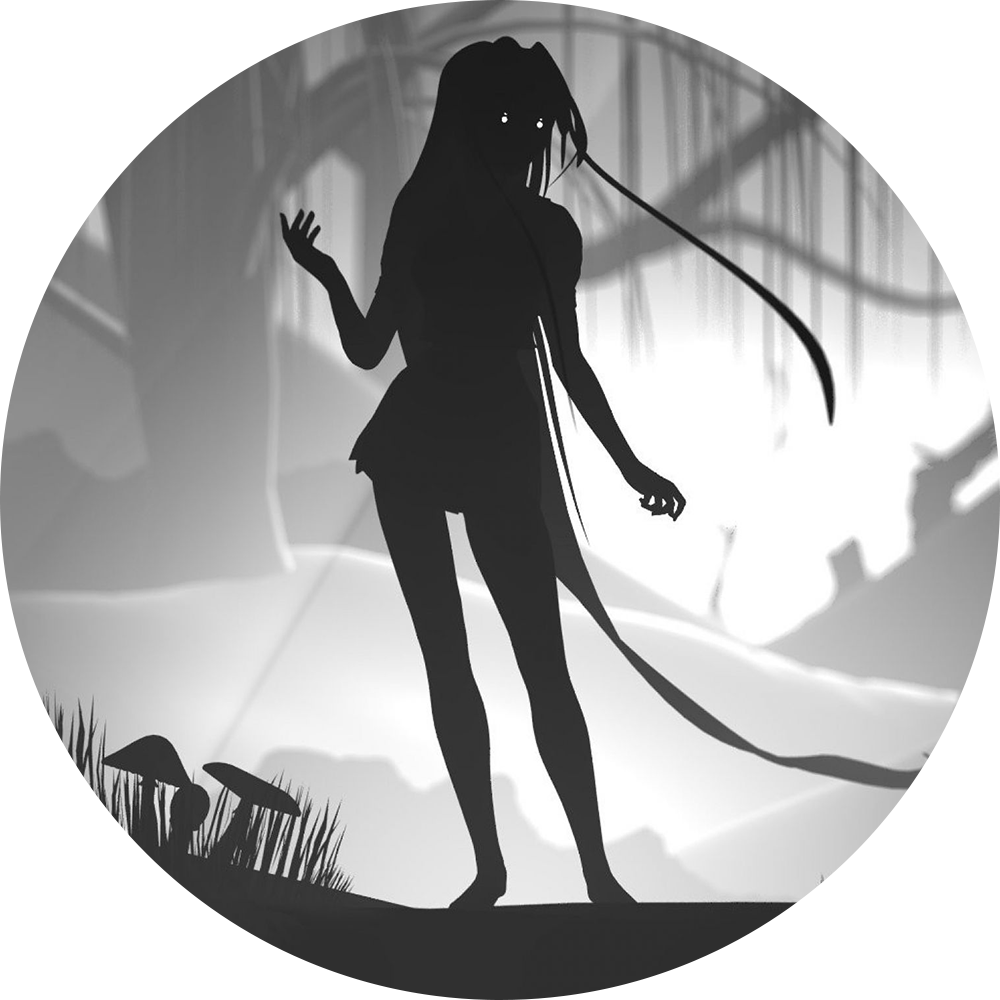
- Uniqueness: Utilizes shades of only one color or black and white, creating a focused and striking visual experience.
- Best for: Noir-themed games, horror narratives, or any game wanting to evoke a specific mood or tone.
- Genres: Puzzle games, adventure, and story-driven experiences.
- Example: Limbo uses a haunting black-and-white aesthetic to create its eerie, unforgettable atmosphere.
Paper-Cutout
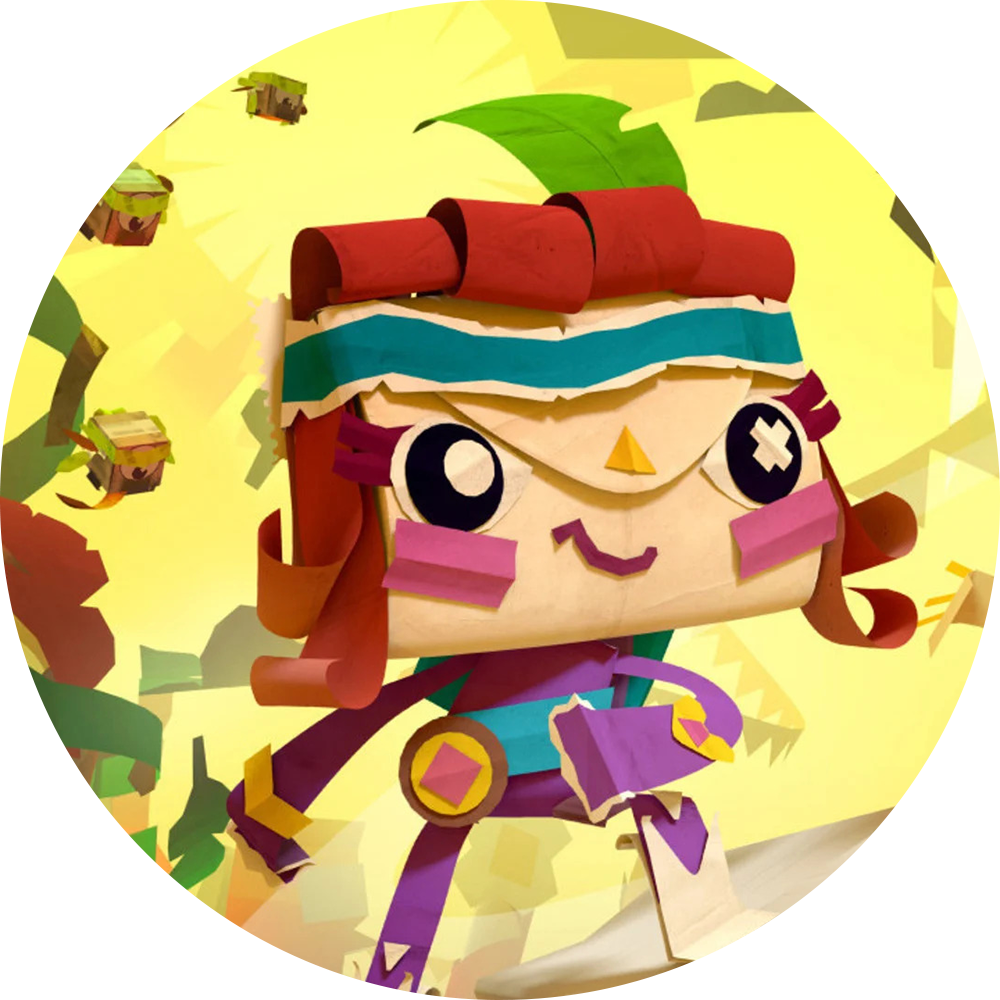
- Uniqueness: Visuals appear as if they've been cut out from paper, often layered to create depth.
- Best for: Storybook narratives, children's games, or whimsical adventures.
- Genres: Platformers, casual games, and interactive stories.
- Example: Tearaway by Media Molecule (though it incorporates 3D gameplay) showcases a world entirely crafted from paper.
Silhouette

- Uniqueness: Foregrounds are usually in dark silhouettes, with colorful or dynamic backgrounds.
- Best for: Games wanting to play with light and shadow, mysterious narratives, or projects aiming for a minimalist yet evocative look.
- Genres: Platformers, rhythm games, and atmospheric adventures.
- Example: Badland creates a mysterious world where players navigate through silhouetted forests with beautiful backdrops.
Geometric
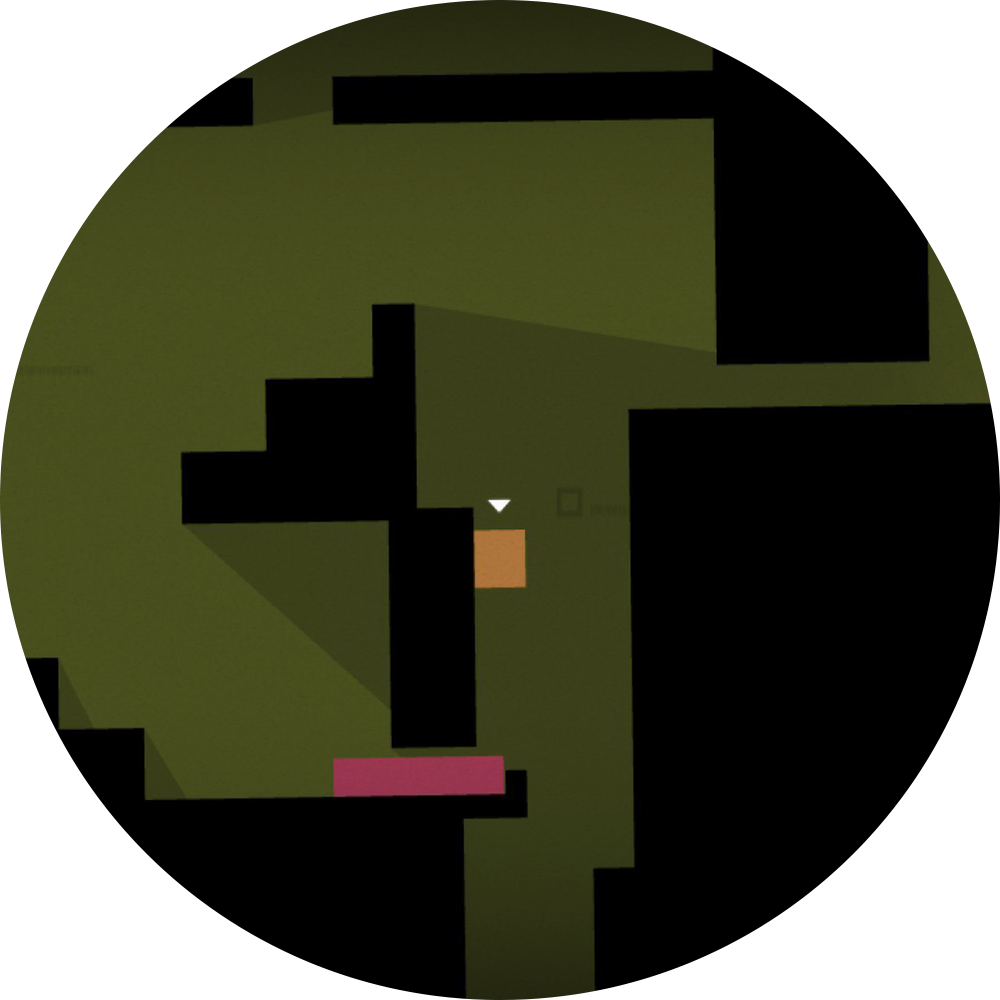
- Uniqueness: Comprises abstract shapes, lines, and patterns, offering a distinctively modern and clean aesthetic.
- Best for: Games that revolve around mechanics of shape manipulation or want a unique, minimalist design.
- Genres: Puzzles, arcade action, and strategy games.
- Example: Thomas Was Alone uses simple rectangles to convey characters but with rich narratives and personalities.
Rotoscoping
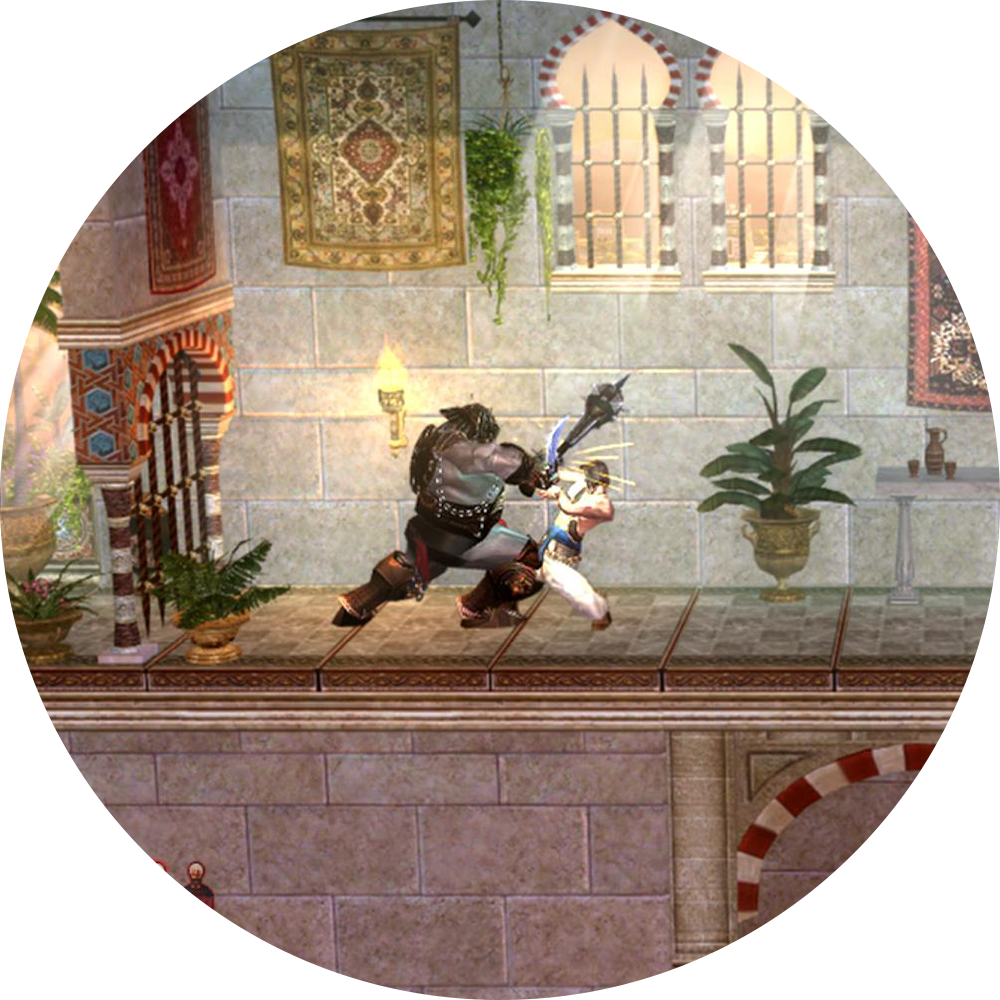
- Uniqueness: Animation is achieved by tracing over live-action footage, resulting in a fluid, lifelike movement.
- Best for: Games aiming for hyper-realistic character motions or narratives with a strong human element.
- Genres: Action-adventures, narrative-driven games, and experimental projects.
- Example: The classic Prince of Persia series began with rotoscoped animations, providing a level of fluidity that was groundbreaking at the time.
Gothic 2D Art
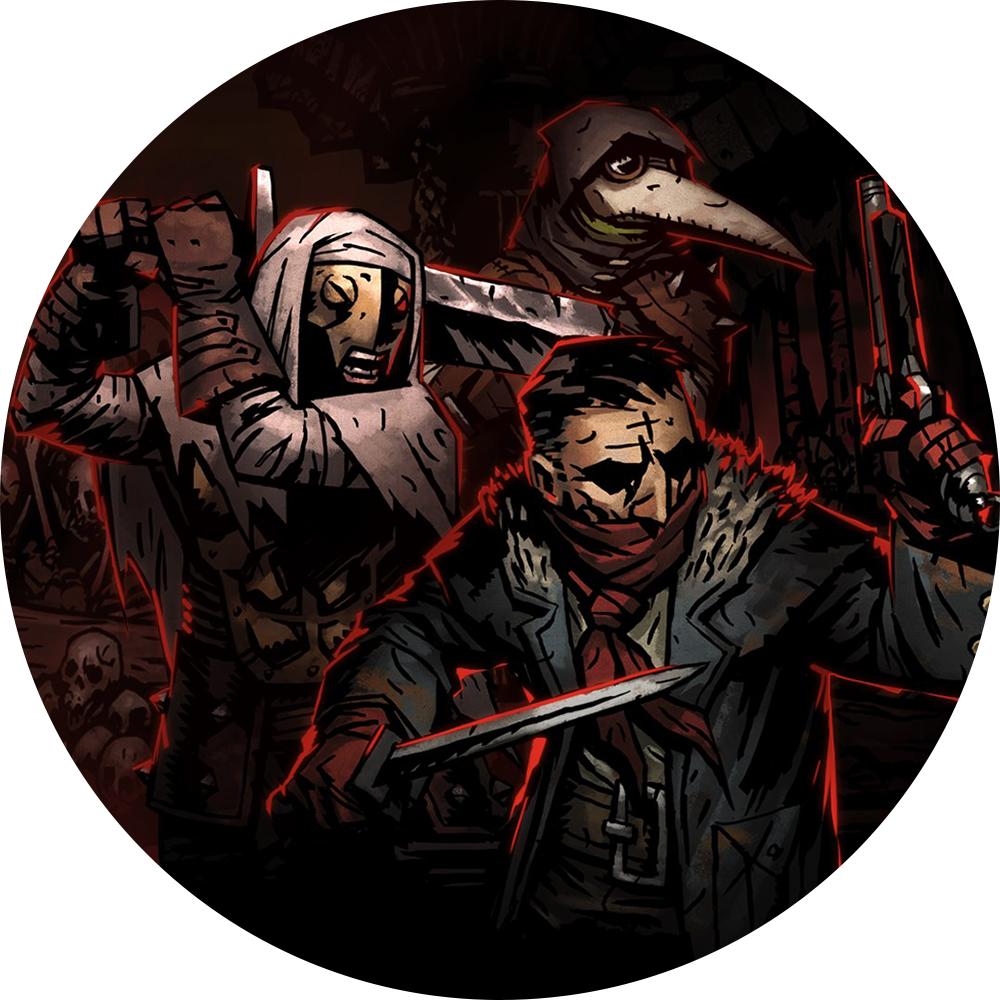
- Uniqueness: This style is characterized by its use of shadow, high contrast, and elements reminiscent of Gothic architecture and literature.
- Best for: Games that explore dark, mysterious, or melancholic themes, where an aura of haunting beauty and a touch of the macabre is desired.
- Genres: Horror, mystery, adventure, and some RPGs that wish to introduce a dark, ancient world setting.
- Example: While not purely Gothic, the game Darkest Dungeon employs several elements of the Gothic art style.
Understanding and choosing the right 2D art style is crucial. It is about the very soul of your game – how it feels, breathes, and communicates with your players. As you look for a 2D game art outsourcing company to cooperate with, remember that with each brushstroke or pixel placed, you're weaving the fabric of a world waiting to be explored.
3D Game Art Styles
One of the challenges in 3D game development is ensuring that your chosen art style aligns with your narrative, resonates with your target audience, and is feasible within your technical constraints. The evolution of hardware and software tools has given rise to an array of 3D types of video game art styles that can breathe life into your vision. If you have doubts, you can always consult with a 3D game art outsourcing company whose specialists will help you to make a decision. And now, let’s explore the main 3D styles.

Please note that art styles can be used in various ways, and this infographic is based on typical uses of these styles. Different games may use the same style but position differently on the compass based on their narrative and atmosphere.
Photorealism
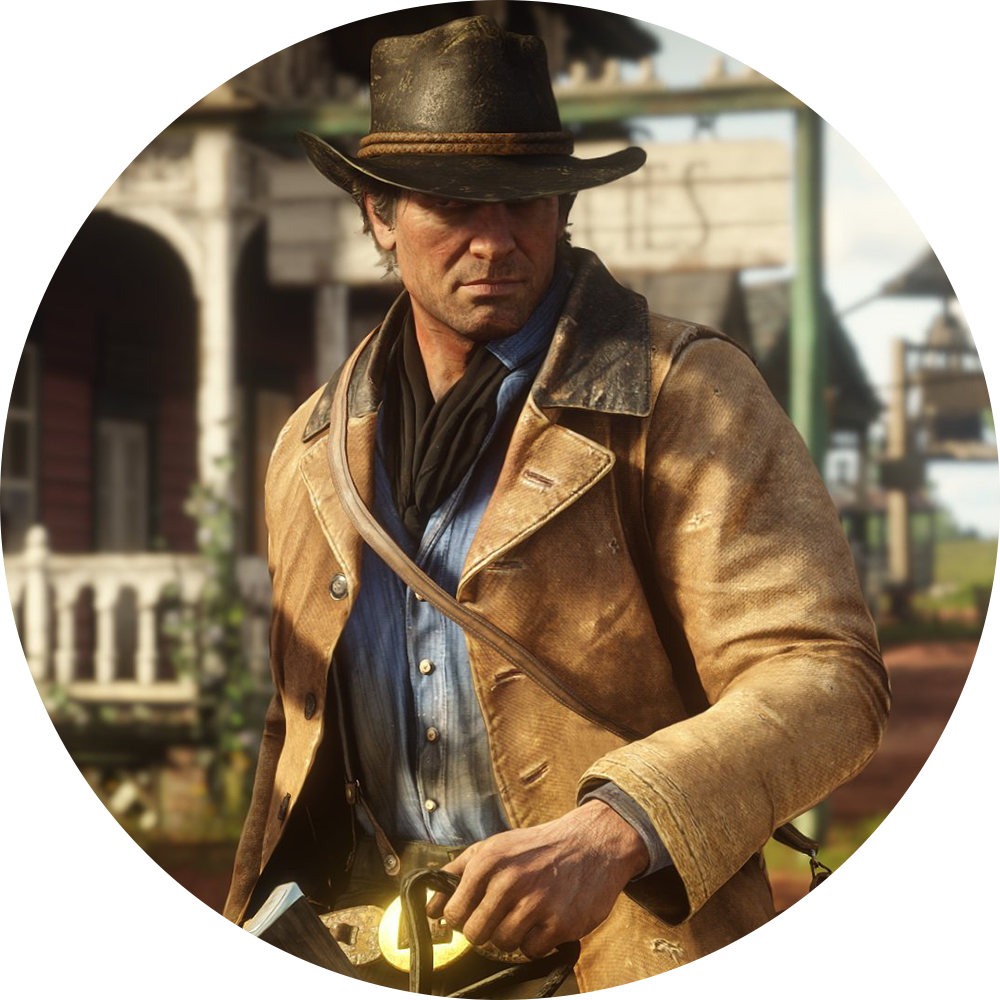
- Uniqueness: Replicates real-world visuals with meticulous detail, making environments and characters appear lifelike.
- Best for: Games that aim for deep immersion, simulators, or narratives set in the modern world or based on real events.
- Genres: First-person shooters, sports simulations, and open-world adventures.
- Example: Red Dead Redemption 2 offers a vast, detailed world that captures the Wild West's essence with astonishing realism.
Low-Poly

- Uniqueness: Simplified graphics with fewer polygons, resulting in a stylized, abstract look.
- Best for: Games aiming for a unique, artistic aesthetic without the need for high-end graphics rendering.
- Genres: Adventure, puzzle games, and VR experiences.
- Example: Superhot uses a low-poly design to create a visually distinct world that aligns with its unique time-manipulation gameplay.
Cel-Shaded

- Uniqueness: Emulates the look of hand-drawn comic books or cartoons, with bold outlines and flat colors.
- Best for: Games with vibrant, exaggerated narratives or those aiming for a timeless, 'illustrative' aesthetic.
- Genres: Action adventures, RPGs, and fighting games.
- Example: The Legend of Zelda: The Wind Waker employed cel-shading to give it a timeless and distinct cartoon appearance.
Stylized Realism
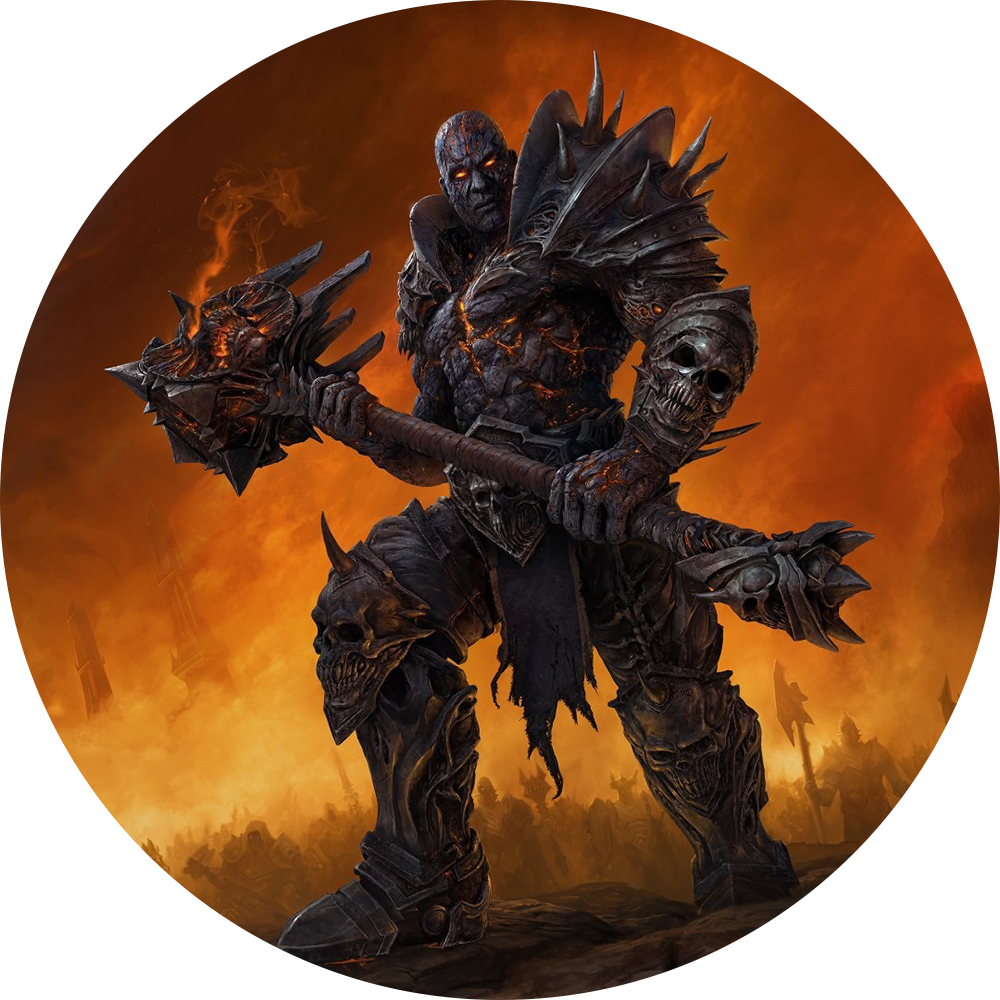
- Uniqueness: Straddles the line between realism and exaggeration, incorporating real-world elements but with a unique twist or artistic flair.
- Best for: Fantasy games, narratives that blend the familiar with the fantastical, or projects aiming for a balance between immersion and artistic interpretation.
- Genres: MMORPGs, strategy games, and immersive sims.
- Example: World of Warcraft presents a world grounded in realism but amplified with vibrant colors and exaggerated proportions.
Voxel Art

- Uniqueness: Comprises 3D cubes or 'voxels', creating a blocky, pixel-like aesthetic in a 3D environment.
- Best for: Sandbox games, retro-inspired 3D titles, or narratives centered around creation and destruction.
- Genres: Sandbox, survival, and strategy games.
- Example: Minecraft has popularized the voxel art style, creating endless possibilities for player creativity.
Metaphoric or Symbolic

- Uniqueness: Utilizes abstract 3D forms, symbols, or surreal environments to convey deeper meanings or narratives.
- Best for: Experimental games, titles aiming for deep emotional resonance, or narratives that are open to interpretation.
- Genres: Interactive experiences, art games, and narrative-driven projects.
- Example: Journey uses symbolic environments and characters to craft a wordless narrative, offering players a profound emotional experience.
Digital Sculpture
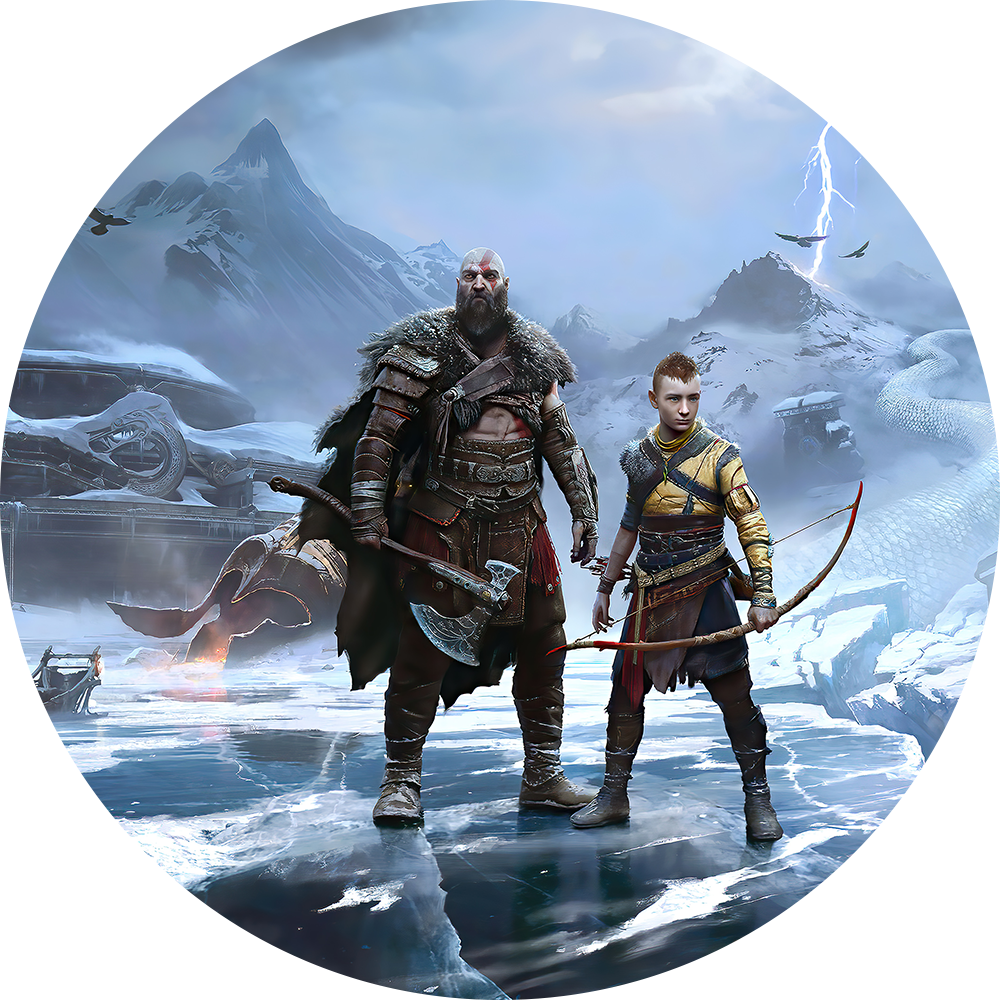
- Uniqueness: Emulates the detailed look of sculpted artwork, with pronounced textures and intricate detailing.
- Best for: Games that focus on close-ups of characters, or projects that want to highlight the artisanal craftsmanship in their visuals.
- Genres: Story-driven games, RPGs, and character-centric narratives.
- Example: The characters in games like God of War bear a sculpted, hand-crafted appearance, adding to the game's mythological setting.
Technical Art
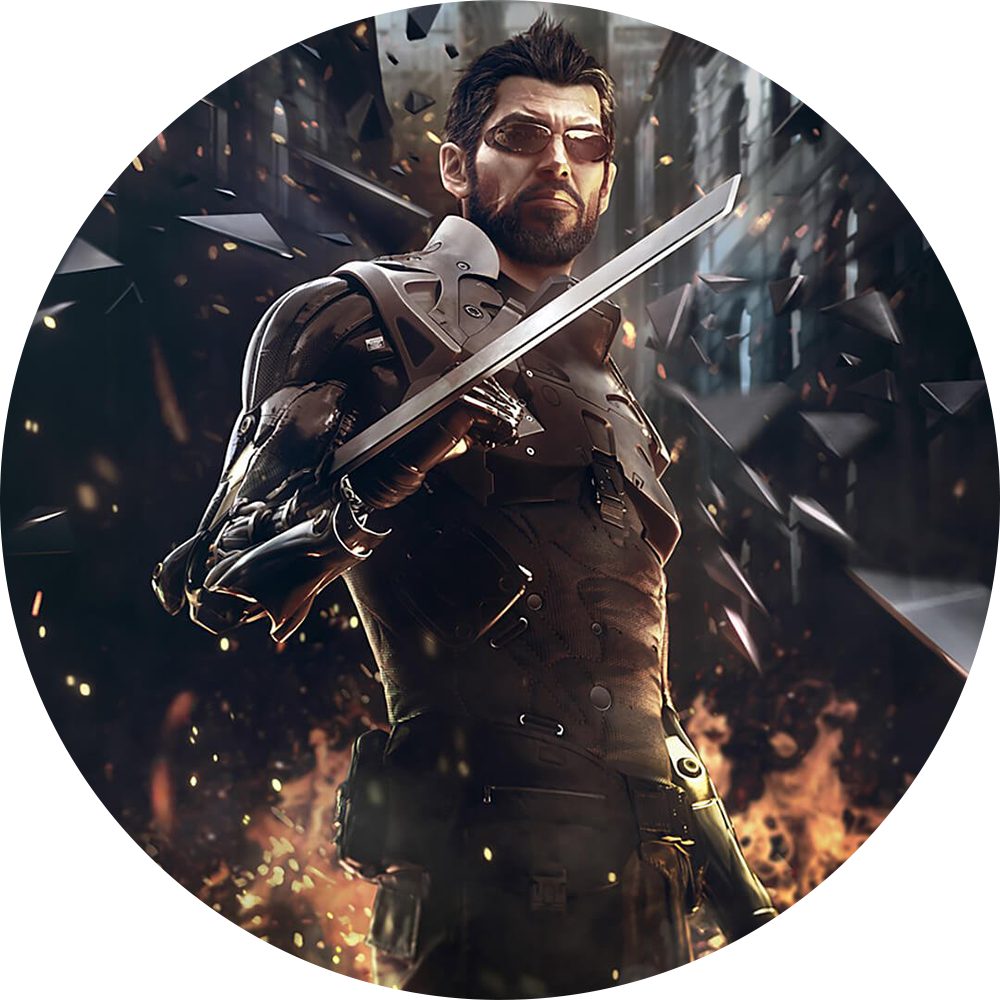
- Uniqueness: Uses 3D graphics in a way that emphasizes the beauty of technology, mechanics, and engineering.
- Best for: Sci-fi games, steampunk settings, or any narrative focused on machinery and technology.
- Genres: Sci-fi shooters, engineering simulations, and cyberpunk RPGs.
- Example: Deus Ex: Mankind Divided integrates technical art to showcase a future dominated by cybernetics and high-tech cities.
Neo-Noir or Neon Glow
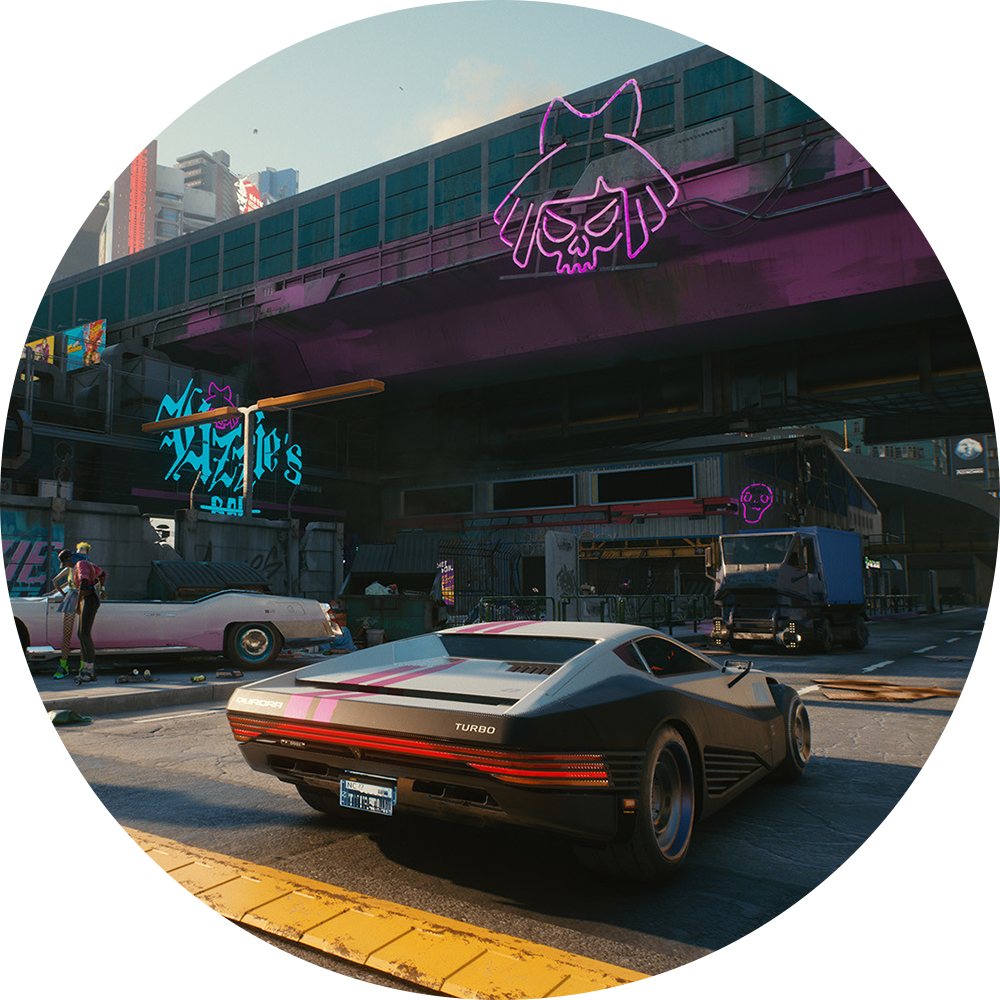
- Uniqueness: Focuses on stark contrasts, neon colors, and dark, moody settings, reminiscent of neo-noir films.
- Best for: Cyberpunk narratives, futuristic settings, or stories with a sense of mystery and intrigue.
- Genres: Action adventures, detective games, and narrative-driven titles.
- Example: Cyberpunk 2077 uses this art style to depict a dark yet vibrant future.
Gothic 3D
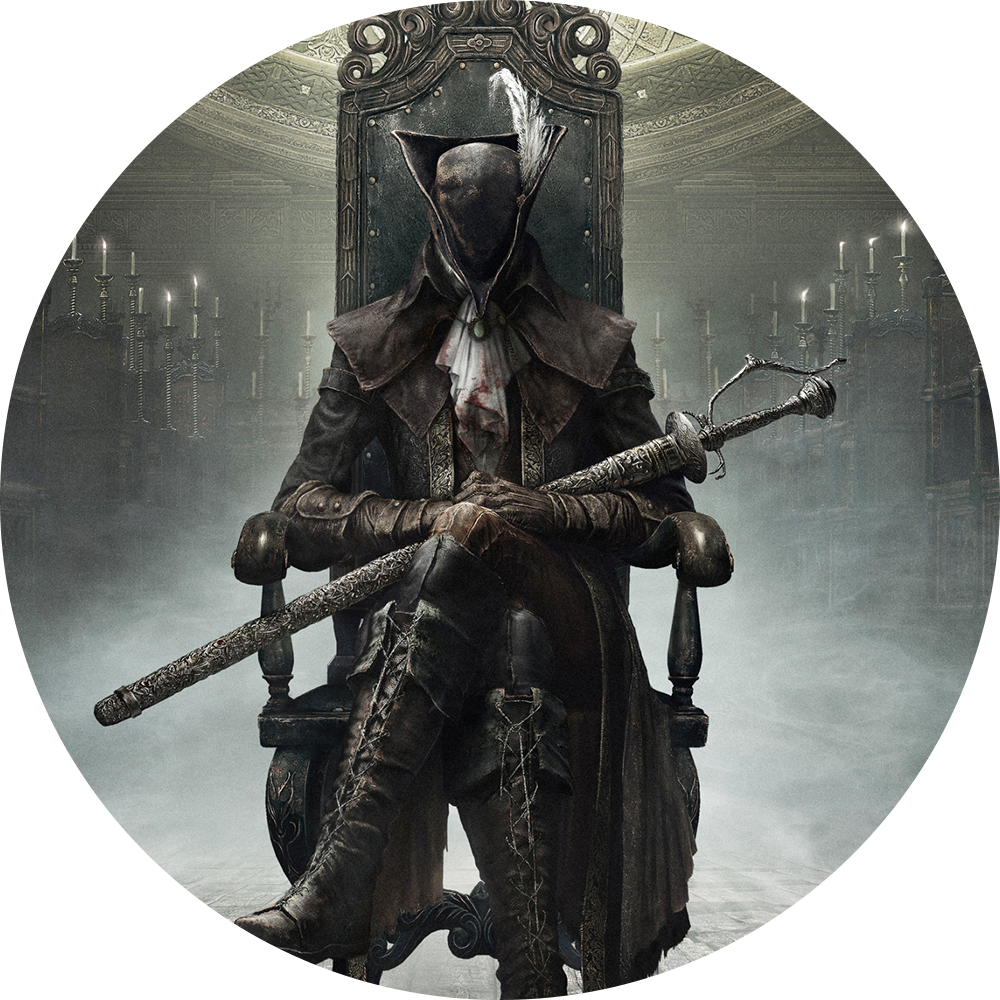
- Uniqueness: Emulates gothic art and architecture, often dark, and atmospheric, with intricate details and often supernatural elements.
- Best for: Horror games, historical narratives, or any story aiming for a dark, foreboding atmosphere.
- Genres: Horror, action RPGs, and dark fantasies.
- Example: Bloodborne employs a gothic aesthetic to immerse players in its eerie, Lovecraftian world.
Organic and Fluid
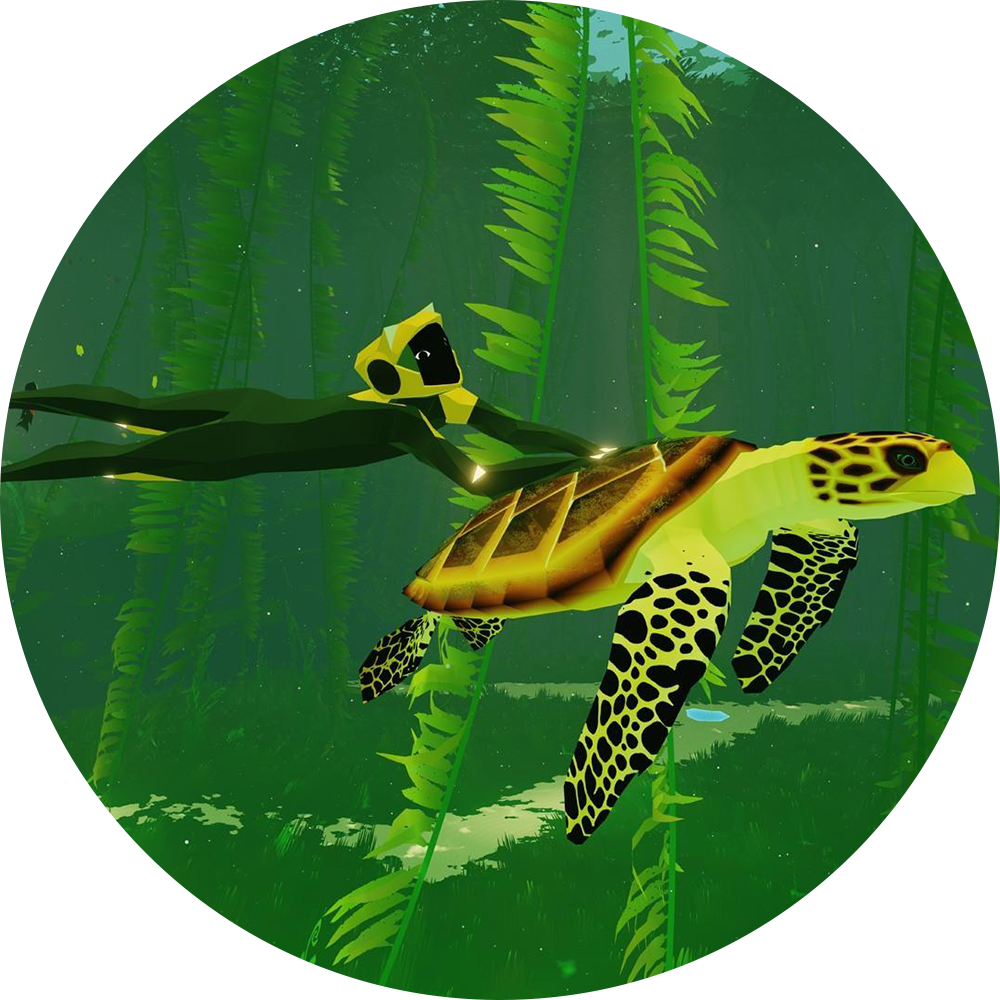
- Uniqueness: Environments and characters that seem alive, flowing, and ever-changing. Often integrates fluid dynamics and soft body physics.
- Best for: Fantastical worlds, underwater settings, or narratives centered around nature and life.
- Genres: Exploration, adventure, and simulation.
- Example: ABZÛ transports players to an underwater world where everything feels organic, interconnected, and teeming with life.
Each 3D art style offers unique visual cues that can elevate a game's narrative and immerse players into its world. The choice of style should always align with the game's vision, story, and the emotions developers want to evoke in the player.
Famous Games with Unique Art Styles
Our team members have shared the names of the video games with the best art style in their opinion. Do you have any other titles to add to this list?
Little Nightmares (Tarsier Studios)
This atmospheric horror game stands out due to its eerie, distorted world filled with grotesque creatures. The use of soft lights and dark shadows, coupled with the unsettling character designs, provides players with a deeply immersive and chilling experience.
Gris (Nomada Studio)
Gris is a serene and evocative experience, free of danger, frustration, or death. It's known for its hand-drawn, watercolor-esque visuals. Every frame of the game is like a moving piece of art, accentuated by its soul-stirring music.
Cuphead (Studio MDHR)
With visuals and audio directly inspired by cartoons of the 1930s, Cuphead is a classic run-and-gun action game. Every animation was hand-drawn to replicate the style of the era, making it a vibrant and nostalgic treat.
Journey (Thatgamecompany)
Featuring vast sand dunes, ancient ruins, and a hauntingly beautiful soundtrack, Journey offers a unique multiplayer experience where players communicate without words. Its minimalist design and captivating visual storytelling make it a standout.
Oxenfree (Night School Studio)
This supernatural thriller employs a distinctive visual style resembling a moving painting. The eerie, hand-painted visuals paired with real-time dialogues create an unsettling ambiance that fits the story's mysteries.
The Witness (Jonathan Blow, Thekla, Inc.)
This first-person puzzler is set on a seemingly deserted tropical island dotted with a myriad of structures and pathways. The game's vibrant and clean art style accentuates its intricate puzzles, guiding the player's attention effectively.
Hollow Knight (Team Cherry)
Set in a beautifully hand-drawn world filled with intricate details, Hollow Knight combines traditional 2D animation with fluid gameplay. The game's gloomy, underground setting contrasts its bright and vivid characters.
Child of Light (Ubisoft)
This platforming RPG employs a watercolor art style, reminiscent of fairy tale illustrations. The game's poetic dialogue and hand-drawn backgrounds contribute to its dreamlike atmosphere.
Kentucky Route Zero (Cardboard Computer)
This magical realist adventure game is known for its minimalist art style and powerful narrative. With its episodic structure and unique visuals, it offers a blend of theater, film, and games.
Main Factors to Select a Matching Art Style for Your Game
Selecting the right art style for your game is akin to choosing the perfect outfit for an event. You wouldn't wear beachwear to a black-tie event, right? In the same manner, the art style you select for your game should perfectly match the narrative, gameplay mechanics, and overall vibe of your project. At Game-Ace, we recognize the importance of this decision, and in our extensive experience in game development, we have honed the art of selecting styles that resonate. Today, we're sharing the key factors we consider when making this critical choice:
1. Narrative tone. What emotions and moods do you want to evoke in the player? A horror game would benefit from a darker, more realistic tone, while a casual puzzle game might shine with bright and simplistic designs.
2. Target audience. Who is the game primarily for? Understand the demographics. For example, younger audiences might appreciate brighter, cartoonish visuals, while mature audiences might lean towards realism.
3. Gameplay mechanics. How does the player interact with the game? A fast-paced shooter might benefit from clear and crisp visuals, whereas a strategy game might flourish with detailed and intricate designs.
4. Platform & technical constraints. What platform will the game be released on? Mobile games might require simpler graphics for performance reasons, while PC or console games can handle more complex visual elements.
5. Budget & timeline. How much time and money can be allocated to art development? Some styles require more resources, while others can be achieved with fewer inputs and lower budgets.
6. Uniqueness & Branding. How can your game stand out in the crowded marketplace? Choosing a distinctive art style can set your game apart and make it instantly recognizable.
By considering the above factors, we've been able to match games with their ideal art styles, maximizing their appeal and success. We hope our insights assist you in making an informed decision for your next project. Remember, with the right style, your game can become an outstanding project with a huge fanbase.

Create Unique Art for Your Game with Game-Ace
Picking the best video game art styles for your projects is only half of the road. After all, your end goal is creating quality art that will stand up to the style standards, if not reinvent them.
With Game-Ace, a custom game development company, you can be sure that your game’s art is aesthetically pleasant and matches the chosen style. Our artists dedicate themselves to delivering first-class art that enhances the impression of your game. Feel free to contact us if you are interested in our contribution.
 How to Design Learning Games for Kids That Teach Real-World Skills
How to Design Learning Games for Kids That Teach Real-World Skills 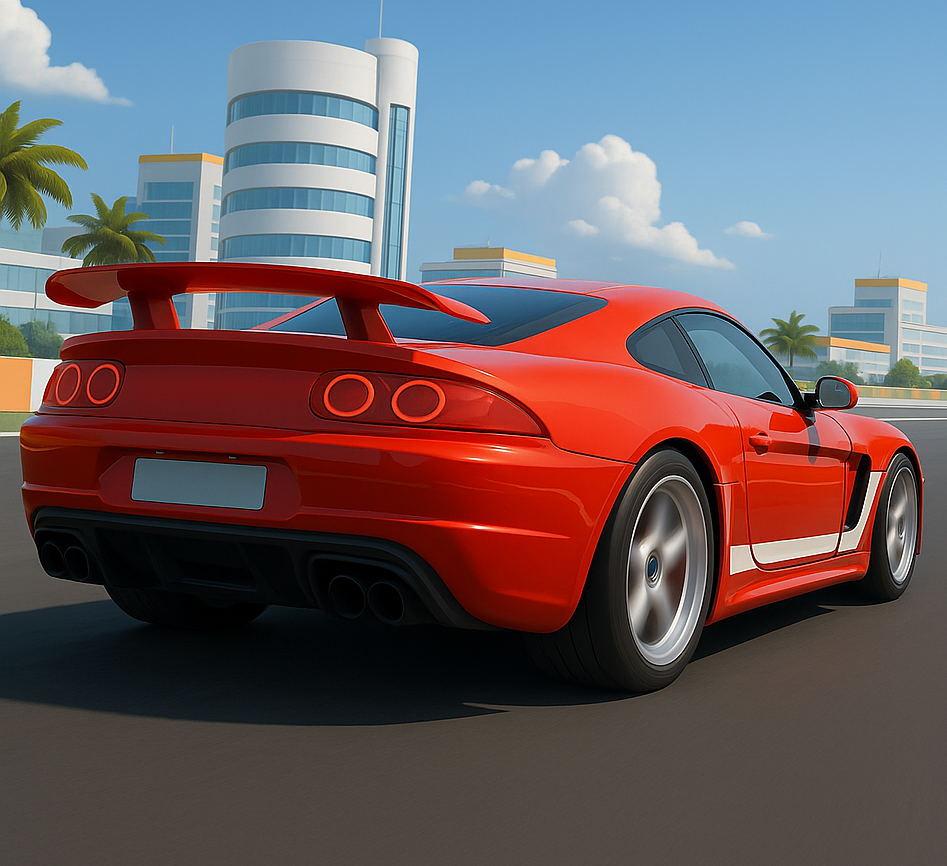 Behind the Beeps: How Arcade Game Design Still Shapes Interactive Entertainment
Behind the Beeps: How Arcade Game Design Still Shapes Interactive Entertainment 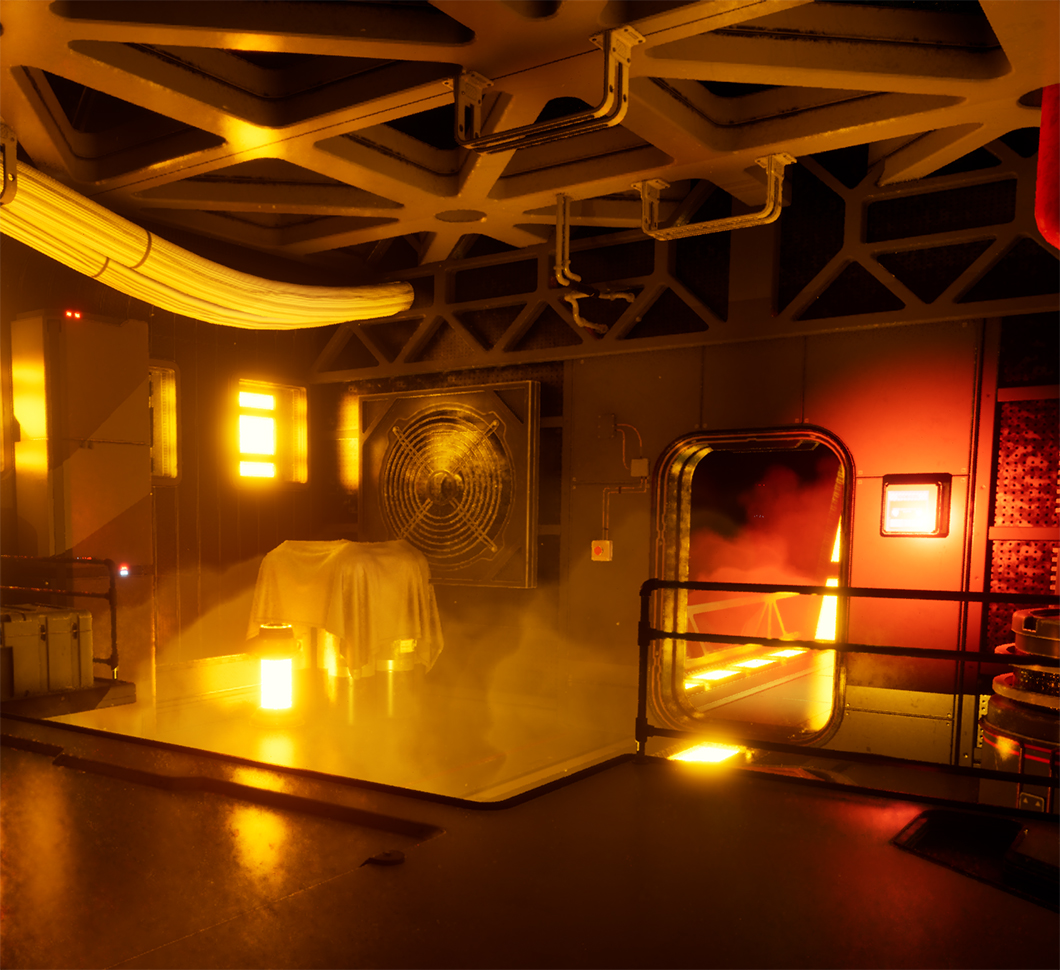 Crafting Immersive Worlds: The Power of Game Environment Design
Crafting Immersive Worlds: The Power of Game Environment Design 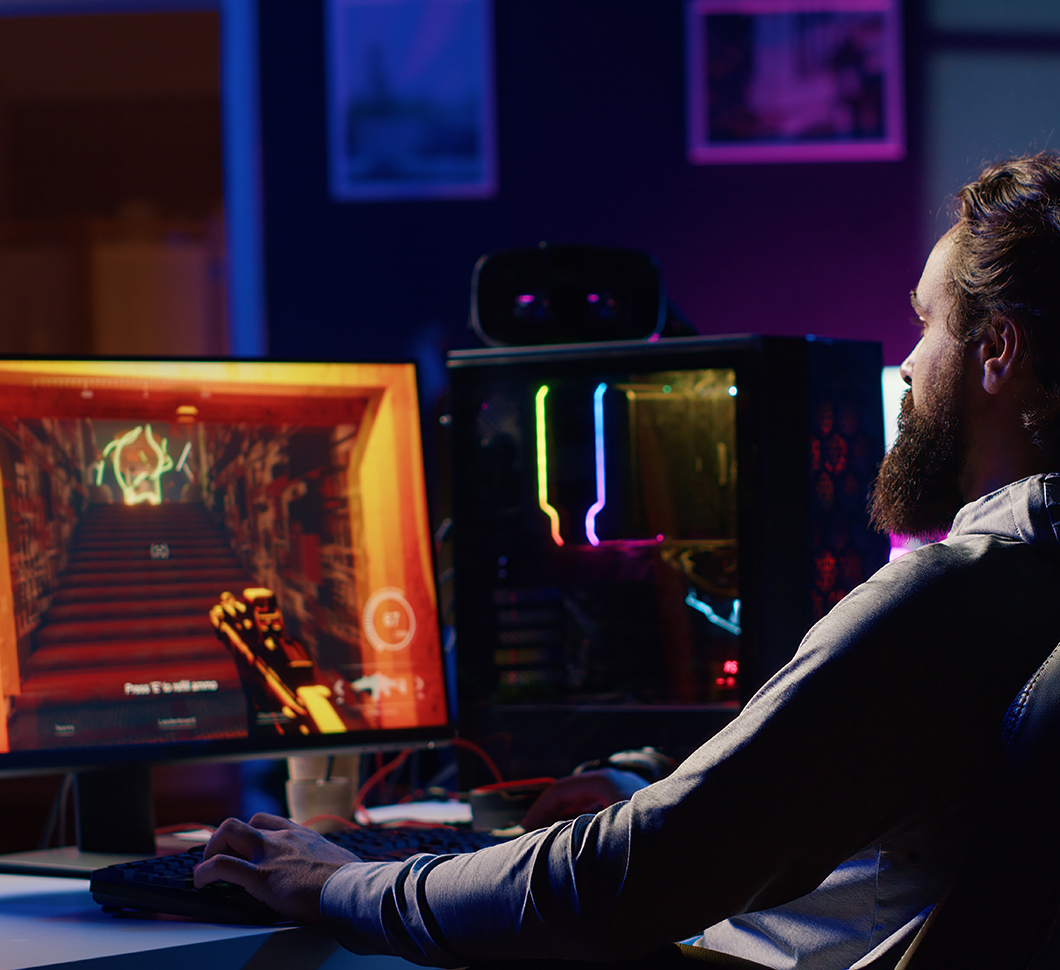 Mastering Narrative Game Design for Unforgettable Player Experiences
Mastering Narrative Game Design for Unforgettable Player Experiences 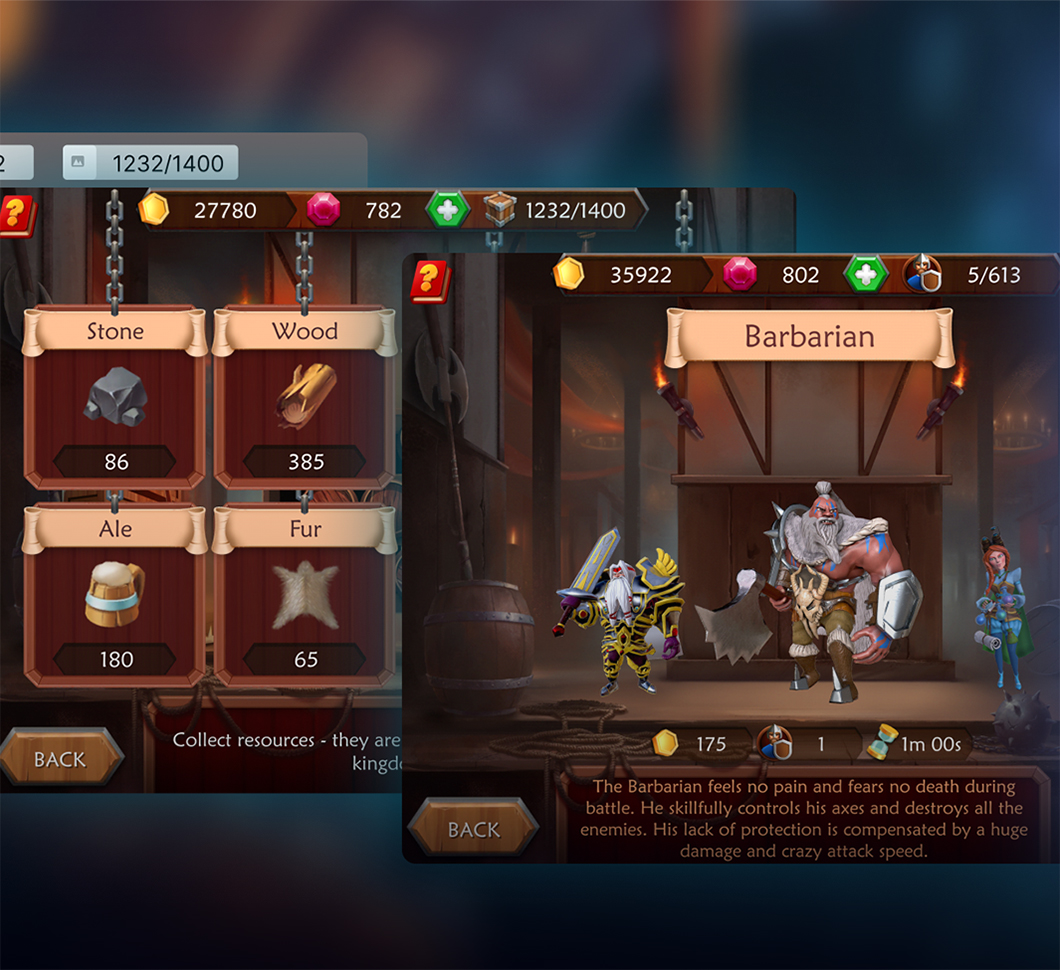 What Is Game UX? The Complete Guide for 2025
What Is Game UX? The Complete Guide for 2025 


































